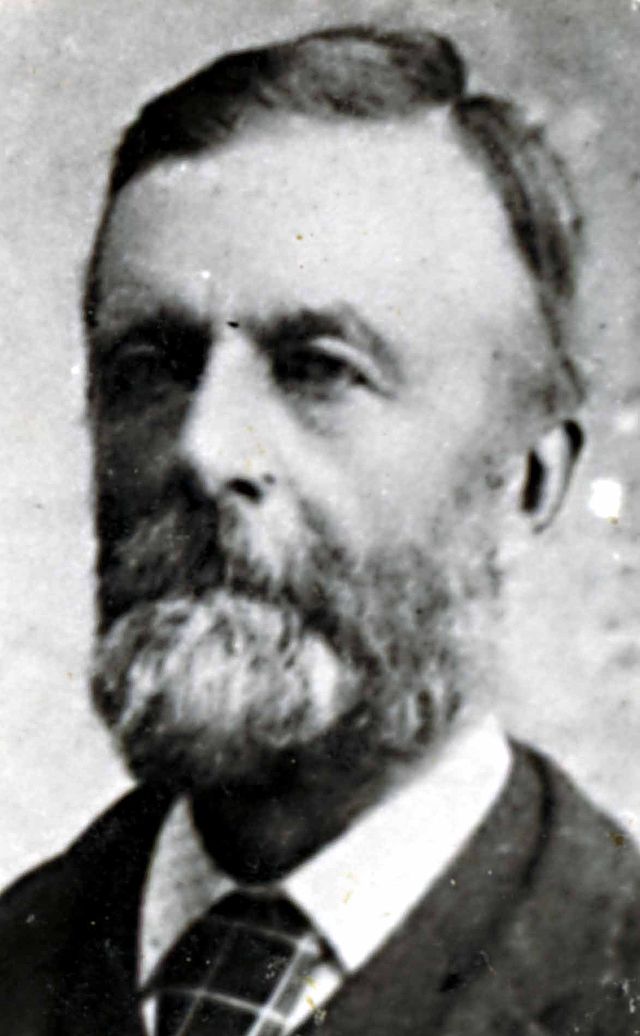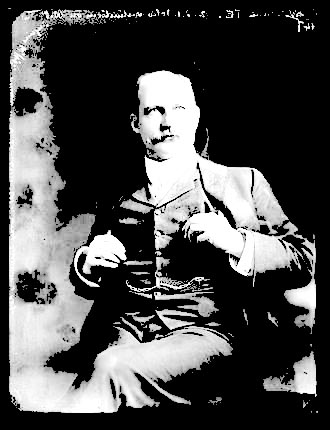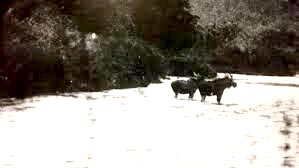 map.jpg
map.jpgIn the southwestern Pacific Ocean just South East of Australia lays the nation state of New Zealand. It comprises two main landmasses-the North Island (Te Ika-a-Maui) and the South Island (Te Waipounamu) and around 600 smaller islands, covering a total area of 103,500 square miles. New Zealand is about 1,200 miles east of Australia across the Tasman Sea and 600 miles south of the islands of New Caledonia, Fiji, and Tonga. It is believed that Polynesians first inhabited the two between roughly 1320 and 1350. The first European to discover the islands was a Dutchman named Abel Tasman who first sighted New Zealand in 1642. Representatives of the United Kingdom and the indigenous Maori chiefs signed the Treaty of Waitangi, which resulted in British sovereignty over the islands. In 1841, New Zealand became a colony within the British Empire and in 1907 it became a dominion; it gained full statutory independence in 1947 and the British monarch remained the head of state. Today, the majority of New Zealand's population of 5 million is of European descent; the indigenous Maori are the largest minority, followed by Asians and Pacific Islanders. Despite the islands rich history and growing population it is still obscure enough to be left off maps with enough frequency that there is a subreddit dedicated to maps and globes that don't include New Zealand.
 map.jpg
map.jpgThe hodgepodge of cultures that arrived to this island mixed with the rich history of its native populace created fertile ground for lore and Legend.
One of the early mysteries took place in the 18th century, when remnants of the southern Ngati Mamoe tribe escaped into the forest during a war with rival nation Ngai Tahu. After fleeing into the deep woods never to be seen again they became known as "the lost tribe" and there were reported sightings well into the 60s and few as recent as the 80s: footprints on a beach, smoke from fires curling above the treetops, shadowy figures in the fog were all reported long after the tribe fled to the woods.
There have also been elaborate hunts for Moa an extremely large flightless bird that could grow over 12 feet tall and weigh more than 500 pounds its believed by some that a population still lives somewhere deep in the bush where they were once common. In the 1970s, a Japanese scientist flew overhead blaring the recreated sound of a Moa's call, hoping desperately to no avail for a response. Film crews have ventured into the forest too, hoping to stumble across a bush moa. Despite these failed attempts Sightings continue to this day.
 bird.jpg
bird.jpgA large part of why these stories continue to be pursued is in part because some of them have turned out to be true.
In the early 20th century, the Fiordland myths included the legendary Notornis, a round, blue bird that lived alongside the moa, first encountered by Europeans in 1847, just four specimens were collected in the 19th century. After the final bird was captured in 1898, and no more were to be found, the species was presumed extinct. In 1948, a doctor from Invercargill went searching for Notornis, an animal which had fascinated him since childhood when he saw a stuffed version in a museum. Against all odds, Geoffrey Orbell found a surviving Notornis population in the mountains, making global headlines. Today, Notornis are better known as Takahe. The population now boasts over 400 birds and is growing by 10 per cent a year.
As interesting as these stories are they are nowhere as strange and fantastic as the legend of New Zealand's missing Moose herd.
Releasing a large mammal into an enclosed ecosystem would be unfathomable today. But in 1900 under the direction of then tourism minister Thomas Donne 14 Moose were purchased from Canada to be introduced into New Zealand's South Island Hokitika on the Southern islands West Coast. Ten of the animals perished during the journey so only four were introduced into the wild. The Moose had become domesticated during the voyage so while the three males disappeared into the forest the lone female roamed the streets of a nearby town looking for handouts until mysteriously it also disappeared four years after being released. Donne who also introduced Red Deer (now considered a pest) would later write his reasoning for the introduction: "Nature neglected New Zealand in providing game animals".
 Donne.jpg
Donne.jpgAfter the first try seemingly failed a second attempt was made. Ten hand-raised Canadian moose comprised of six females and four males were sent, then quarantined at Somes Island (The largest of three islands in the northern half of Wellington Harbor) for nearly two months, then transferred to a government steamer and released at Supper Cove in Dusky Sound, Fiordland, on April 6, 1910. The large animals left their crates and viewed the mountainous terrain and dense forest at the head of their new home and found it wanting. Several calves "returned to their crates, until we upended them," wrote one member of the release party. The reluctant animals eventually made their way into the forests and out of sight, to form what is believed to be the only wild moose population outside the species' natural range.
It was only two years after Charles photo that a Seaforth river resident named Geoffrey Todd Spotted two cows swimming across the flooded Seaforth River at Supper Cove. He took photos and that was the last time that a member of the herd would be spotted until 1927 when two young bulls were photographed in the Seaforth River by Les Murrell. Almost as if the herd was trying to be found a cow was also spotted the next day.
 2moose.jpg
2moose.jpgTwo years later in March of 1929 Eddie Herrick, shot a Bull Moose described as "well past its prime" believed to have been one of the original moose released in 1900. This killing indicated that the environment in Fiordland could sustain large herbivores long enough to reach old age. Five years later Eddie Herrick would shoot another bull, this time in the creek that now bears his name.
Almost another 20 years would pass before Gordie Cowie shot a young bull near Supper cove which is considerably south of where the first herd was released in 1900. The 1952 killing was assumed by many to be the end of the herd.
 buck.jpg
buck.jpgDespite that prediction two more bulls were shot at Herrick Creek and Henry Burns the next year. The wild tales of Moose seemed forgotten until another sighting in 1953 when Fred Stewardson took photographs of three moose in Wet Jacket Arm not far from the last reported sightings.
After the 50's, moose melted back into the bush and were thought to have become extinct in the area. In large part because Red deer had also been introduced and thought to out compete the small Moose population for food. Luckily for the Moose heard Kiwi officials decided the deer population was too large and begun hunting them from helicopters. The culling of the deer herd mitigated the impact on food sources and likely gave the small family of moose some breathing room to grow. But in early 1971 a hunter claimed to have shot a bull and spotted a cow and her calf. A year later a moose antler casting was not only found but confirmed to be authentic. This lead to an official Forest Research Institute survey headed by a biologist named Ken Tustin, who after finding moose hoof prints, droppings and, signs of grazing would devote his life to researching moose in New Zealand. Despite his unwavering belief the case would go cold for years even after Tustin started to set up cameras throughout the fiord land. Eventually though in 1995 one of the cams shot a pic that was most certainly a female moose. Despite the photo the trail once again went cold outside of word of mouth sightings until 2000 when hair samples were found and confirmed through DNA testing to be moose. The following year two hunters found more hair and the year after that Ken Tustin also found hair that proved positive after DNA testing. So after five years of nothing there would be three years of proof that the mighty beast still lived in the dense forests of Fiordland.
 1995.jpg
1995.jpgThe terrain and brush cover of this part of New Zealand is so dense and rugged that it is a common belief that humans have still yet to walk every acre. This environment has been perfect to hide, feed, and protect a small heard of moose. There can be no denying that the original herd somehow survived their long journey across the pacific managing to hold on to life in a strange new world for 120 years. The gaps in sightings versus the weight of evidence are a testament that the Fiordland's environment is large enough to conceal a small herd for generations. The dusky sound region alone is still showing evidence in the form of bedding areas and foliage eaten from heights out of the reach of any other herbivore in the region. Based on evidence alone it is estimated that the herd is over twenty strong and still roaming the region. Moose are also known to survive with low population densities. They're very large and despite eating a lot they aren't prone to depleting their resources. They also avoid inbreeding as long as possible, so the original moose who survived likely built as varied a gene pool as possible in their first couple of generations.
There is a precedent for small herds of moose surviving in an enclosed environment. In 1985 moose were introduced to the island of Vega off the coast of Northern Norway. Researchers found that The first individuals with inbreeding genetic markers did not appear until the third generation. Therefore, a founder population can grow for a fairly long time and reach high population numbers before the effect of inbreeding takes place. One of the first and largest outcomes of inbreeding is low birthrate which normally, would make the calves more likely to be killed by an apex predator. Luckily New Zealand lacks any sort of large predators that aren't men. There are also many who theorize that they may have somehow interbred with the red deer population creating a hybrid that helps them stay hidden. There is past reporting of Moose/Elk hybrids and the red deer is essentially a type of elk. Ken Tustin's pictures from 1995 that appear to show a small, female moose in Fiordland are likely such a hybrid. The deer like animal wandered into frame; the camera was in time-lapse mode so the image was blurry, but the animal's shape was distinctive. It was nearly black and had a curved back, a thick neck and a beaked nose, swaying through the bush with the lumbering gait of a larger animal.
Moose are also largely aquatic creatures preferring to eat marine plants found in ponds, lakes, and swamps. Something the Fiordland has in great supply in some of the more isolated places. Moose are so adept at swimming and climbing that they have been documented cliff diving to get access to out of the way food sources. Rain falls at least 200 days a year in the misty hills of Fiordland. Climate change has effected New Zealand since the early industrial era introduction of the first herd. The changes have made the area warmer and wetter on average. NIWA (National Institute of Water and Atmospheric Research) predicts Fiordland will see a higher increase in rainfall as the climate changes. This change creates another environment that moose are hard wired to thrive in.
All the pieces are there, the evidence is undeniable. Thomas Donne's dream of a sustainable herd of large game animals has come to a subtle fruition. The physical signs of a herd outweighs the theory of their not being one. It is clearly a matter of time before someone finds lasting proof that Moose roam the Fiordland.
--Arthur B. Alexi